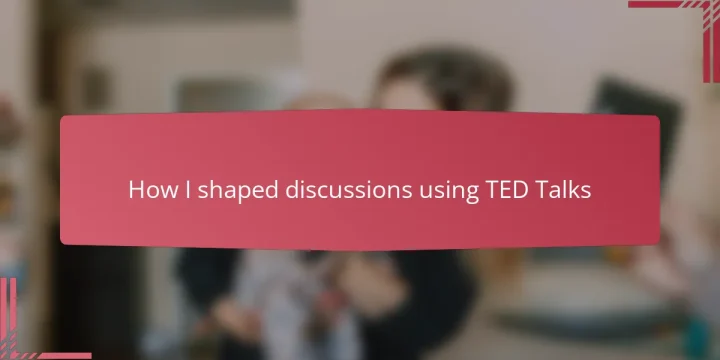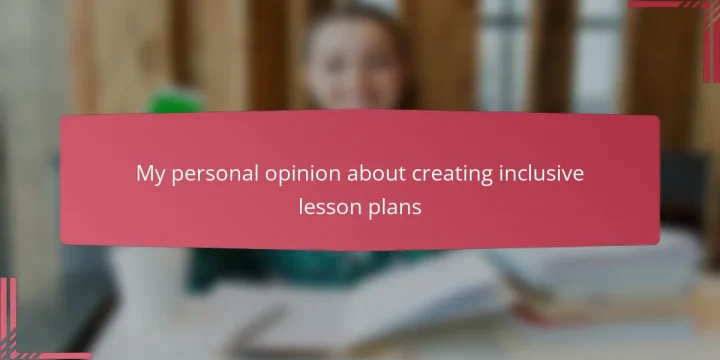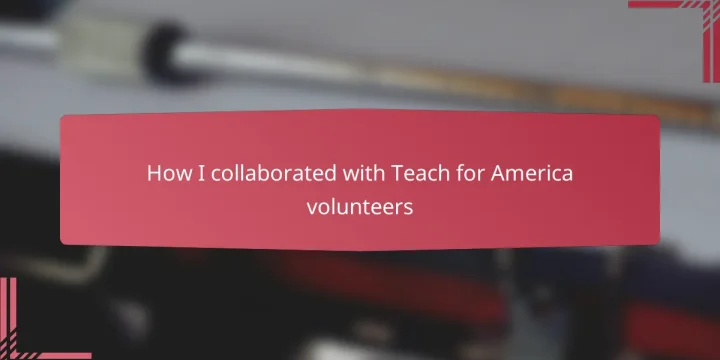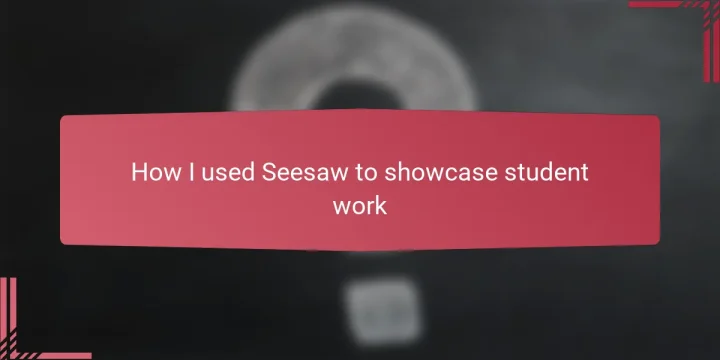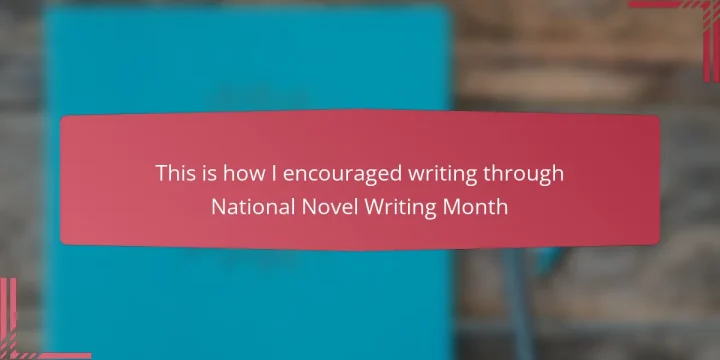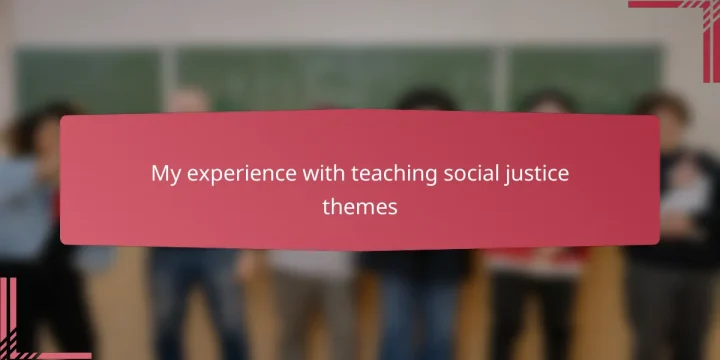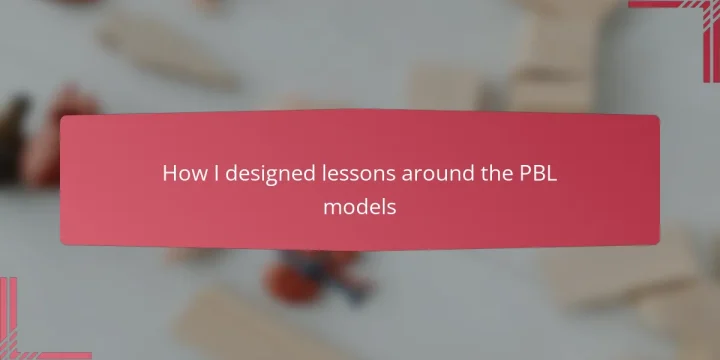
Key takeaways Google Classroom serves as a central hub for assignments and communication, enhancing collaboration and streamlining workflows for educators. Utilizing activist teacher resources encourages meaningful discussions and embeds social issues into the curriculum effectively, fostering critical thinking in students. Integrating multimedia elements in assignments and structuring them into manageable tasks significantly boosts student engagement and participation. Consistent tracking of progress and providing personalized feedback are vital for student growth and building trust in the learning environment. Understanding Google Classroom Basics Google Classroom is more than just a digital bulletin board; it’s a streamlined platform that brings assignments, resources, and communication into one accessible space. When I first started using it, I was surprised by how intuitive the interface felt—it didn’t take long to figure out how to create classes,…
